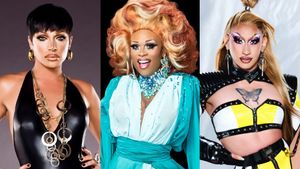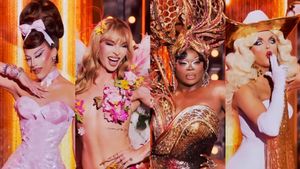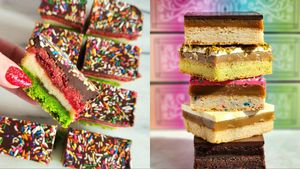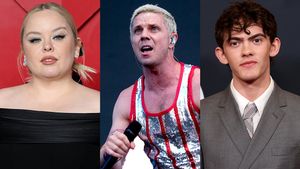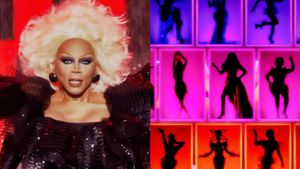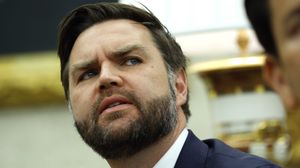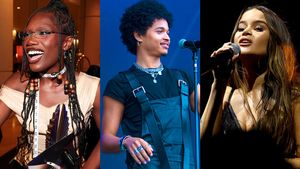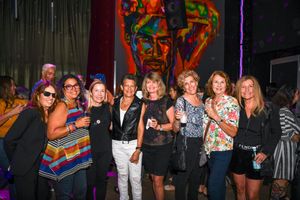News
Gen Z Is the Most-Queer Generation. They Also Want to Be Labeled the Least

Shuttershock
Gen Z is increasingly shifting from traditional "gay" or "lesbian" labels in favor of "bisexual" and the umbrella-term "queer."

Ryan Adamczeski
Ryan is a reporter at The Advocate, and a graduate of New York University Tisch's Department of Dramatic Writing, with a focus in television writing and comedy. She first became a published author at the age of 15 with her YA novel "Someone Else's Stars," and is now a member of GALECA, the LGBTQ+ society of entertainment critics, and the IRE, the society of Investigative Reporters and Editors. Her first cover story, "Meet the young transgender teens changing America and the world," has been nominated for Outstanding Print Article at the 36th GLAAD Media Awards. In her free time, Ryan likes watching the New York Rangers and Minnesota Wild, listening to the Beach Boys, and practicing witchcraft.
Ryan is a reporter at The Advocate, and a graduate of New York University Tisch's Department of Dramatic Writing, with a focus in television writing and comedy. She first became a published author at the age of 15 with her YA novel "Someone Else's Stars," and is now a member of GALECA, the LGBTQ+ society of entertainment critics, and the IRE, the society of Investigative Reporters and Editors. Her first cover story, "Meet the young transgender teens changing America and the world," has been nominated for Outstanding Print Article at the 36th GLAAD Media Awards. In her free time, Ryan likes watching the New York Rangers and Minnesota Wild, listening to the Beach Boys, and practicing witchcraft.
December 15 2023 12:31 PM EST
December 15 2023 12:33 PM EST






